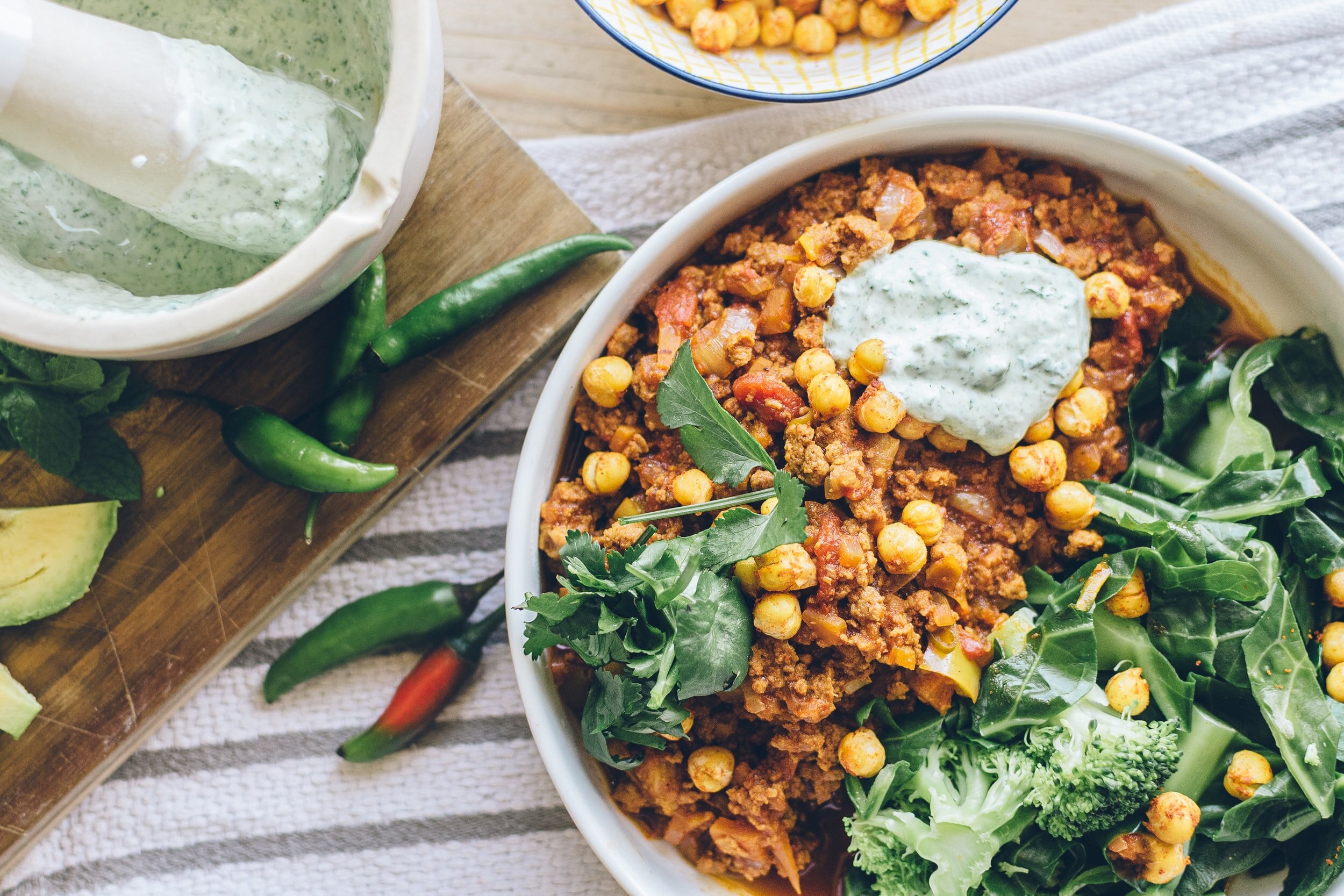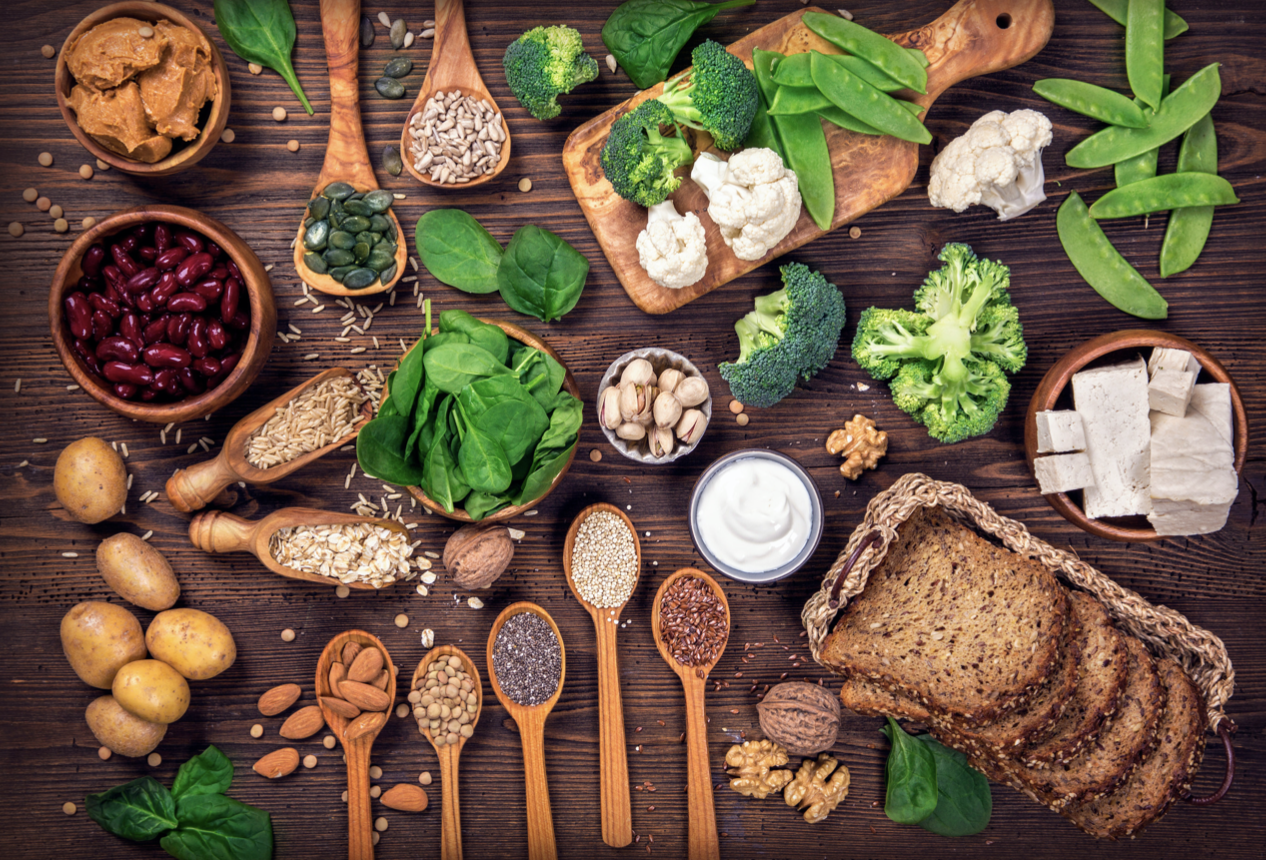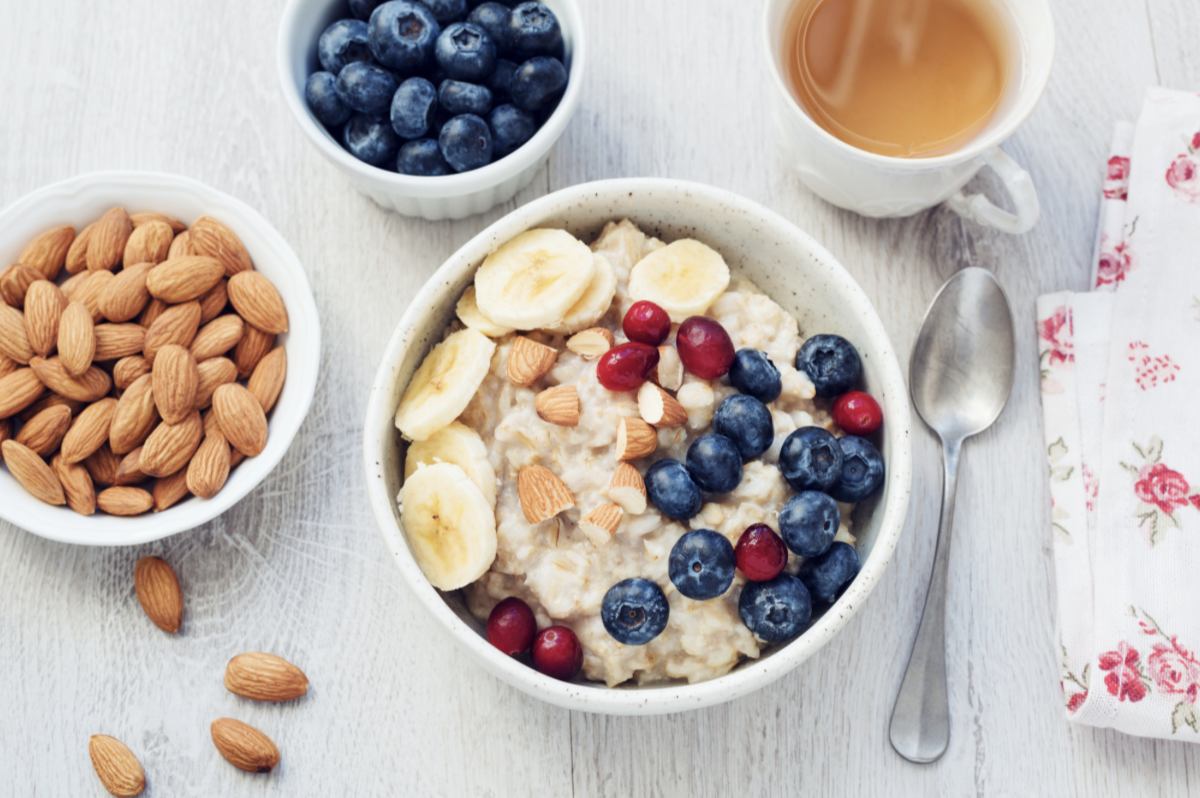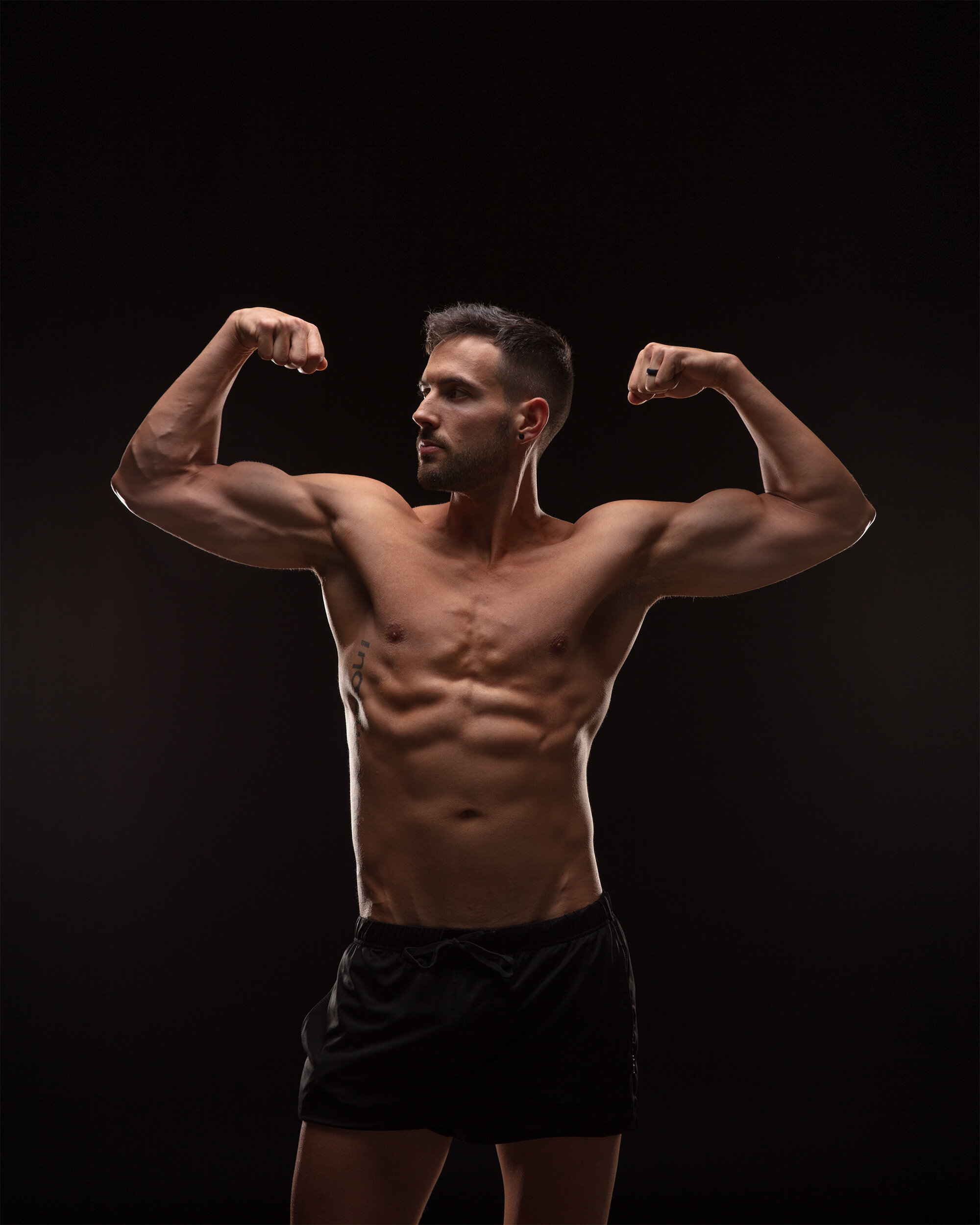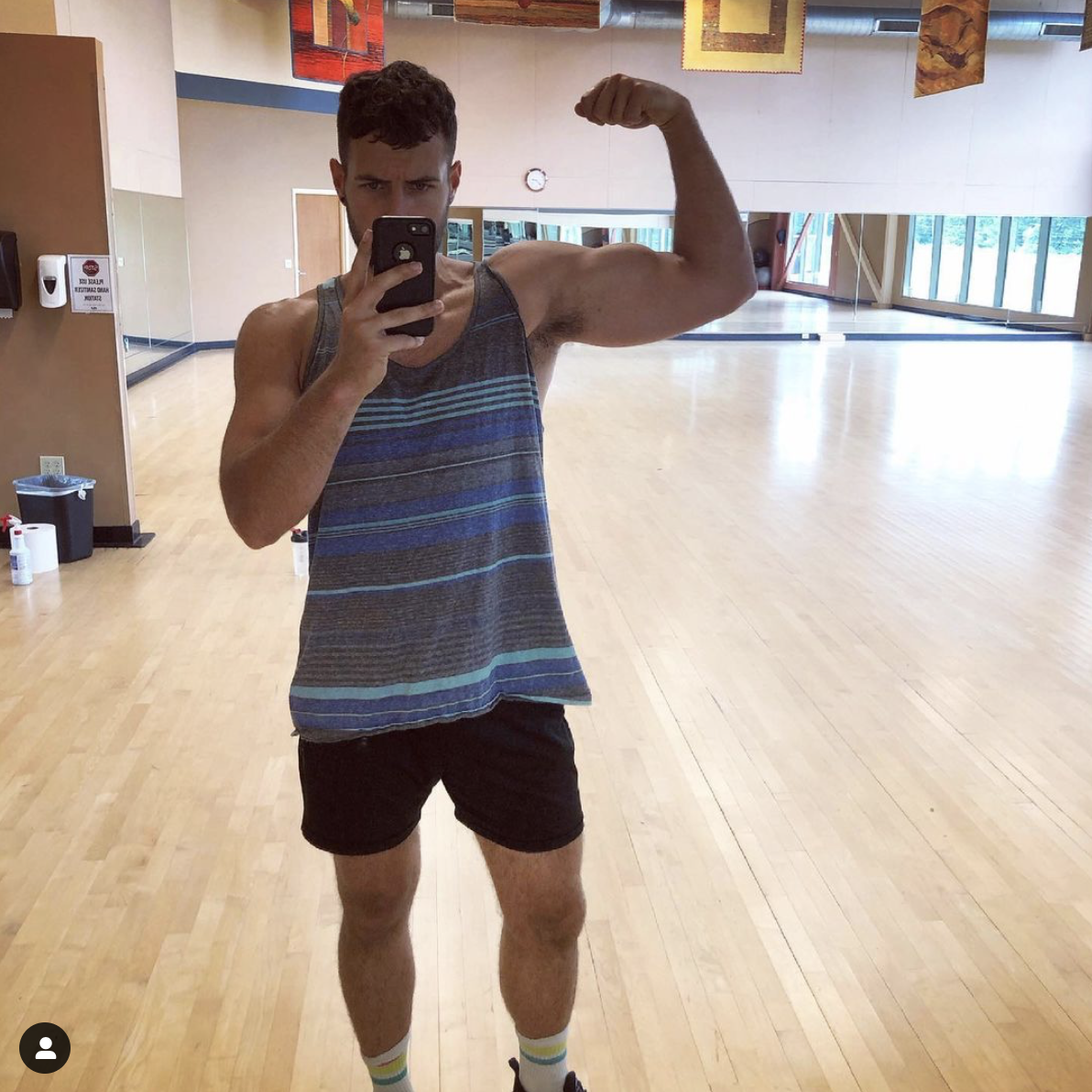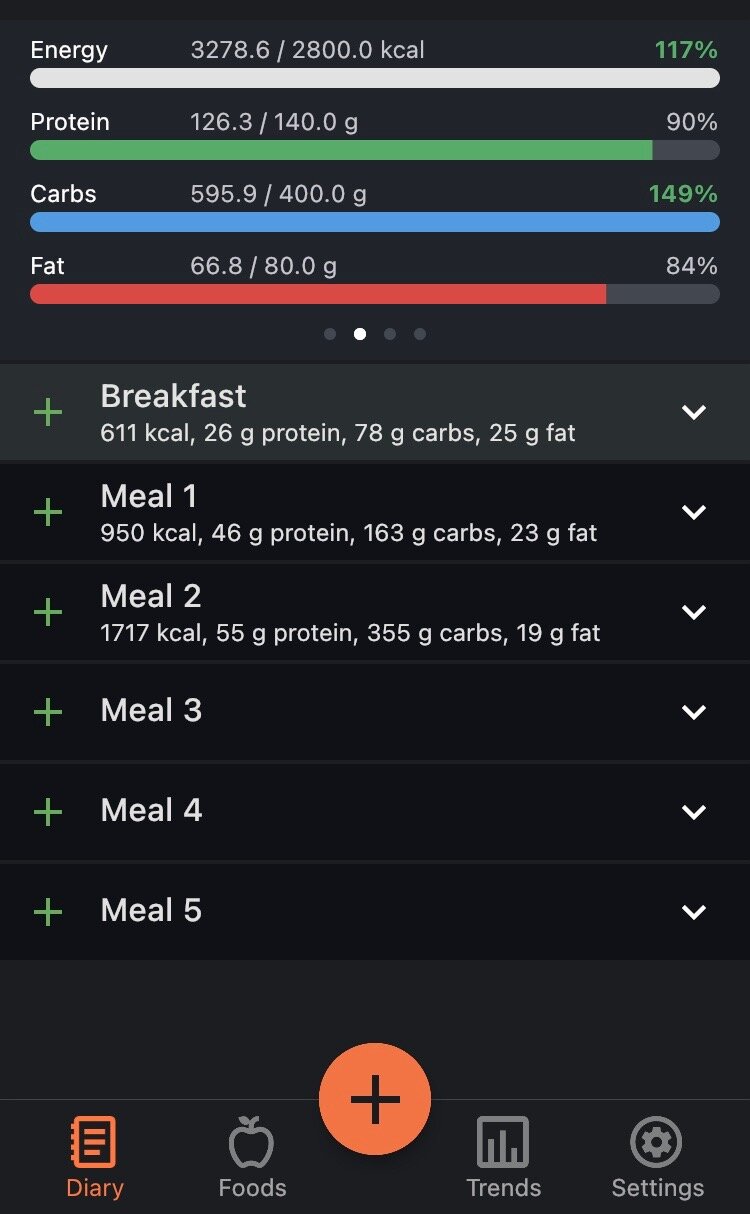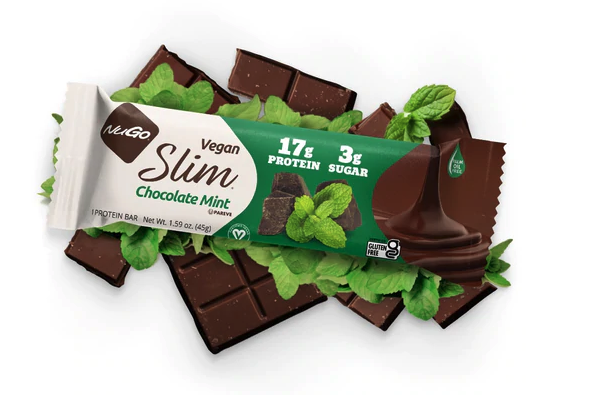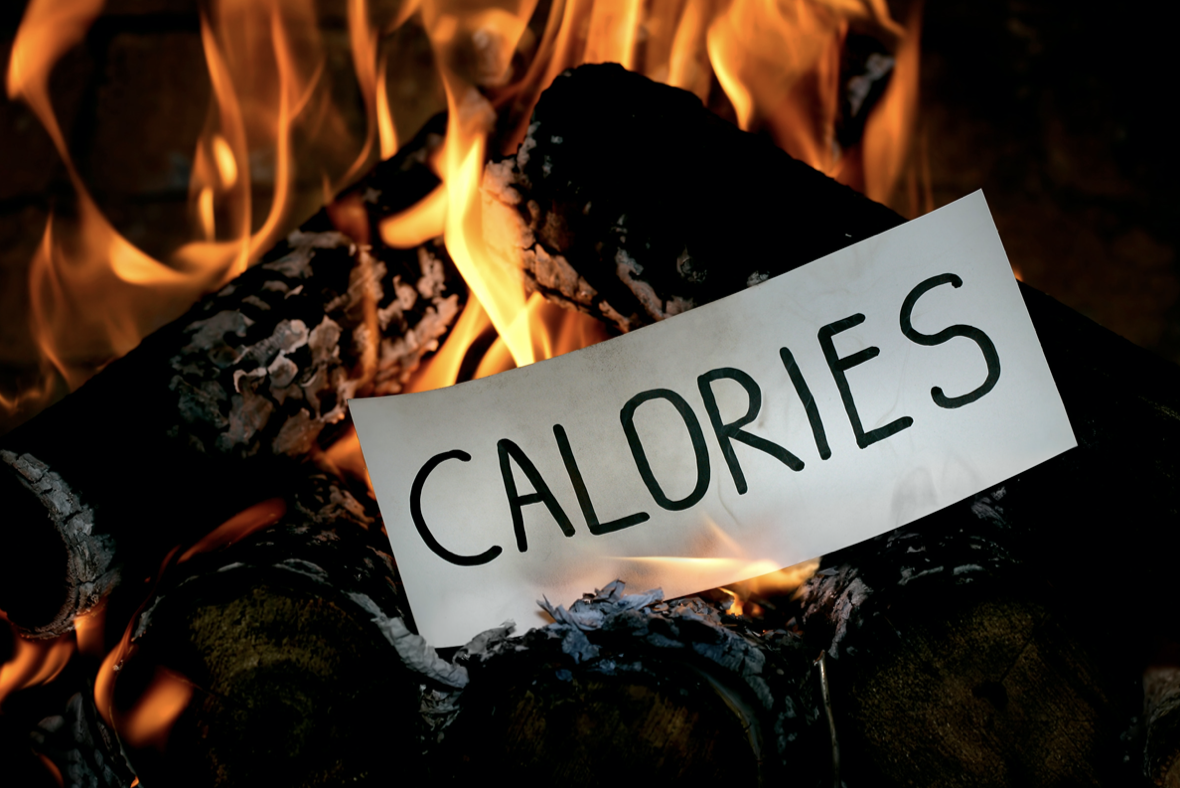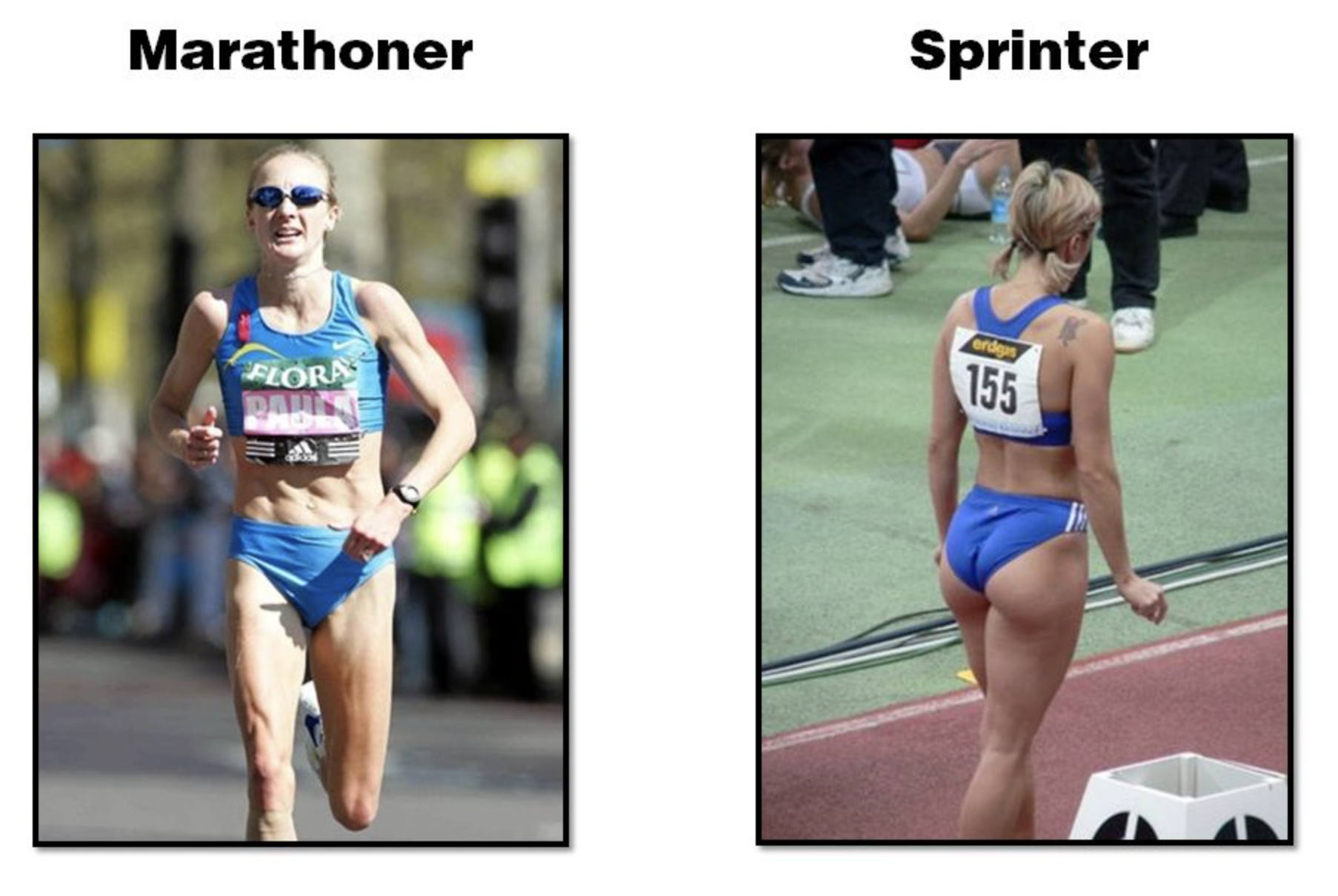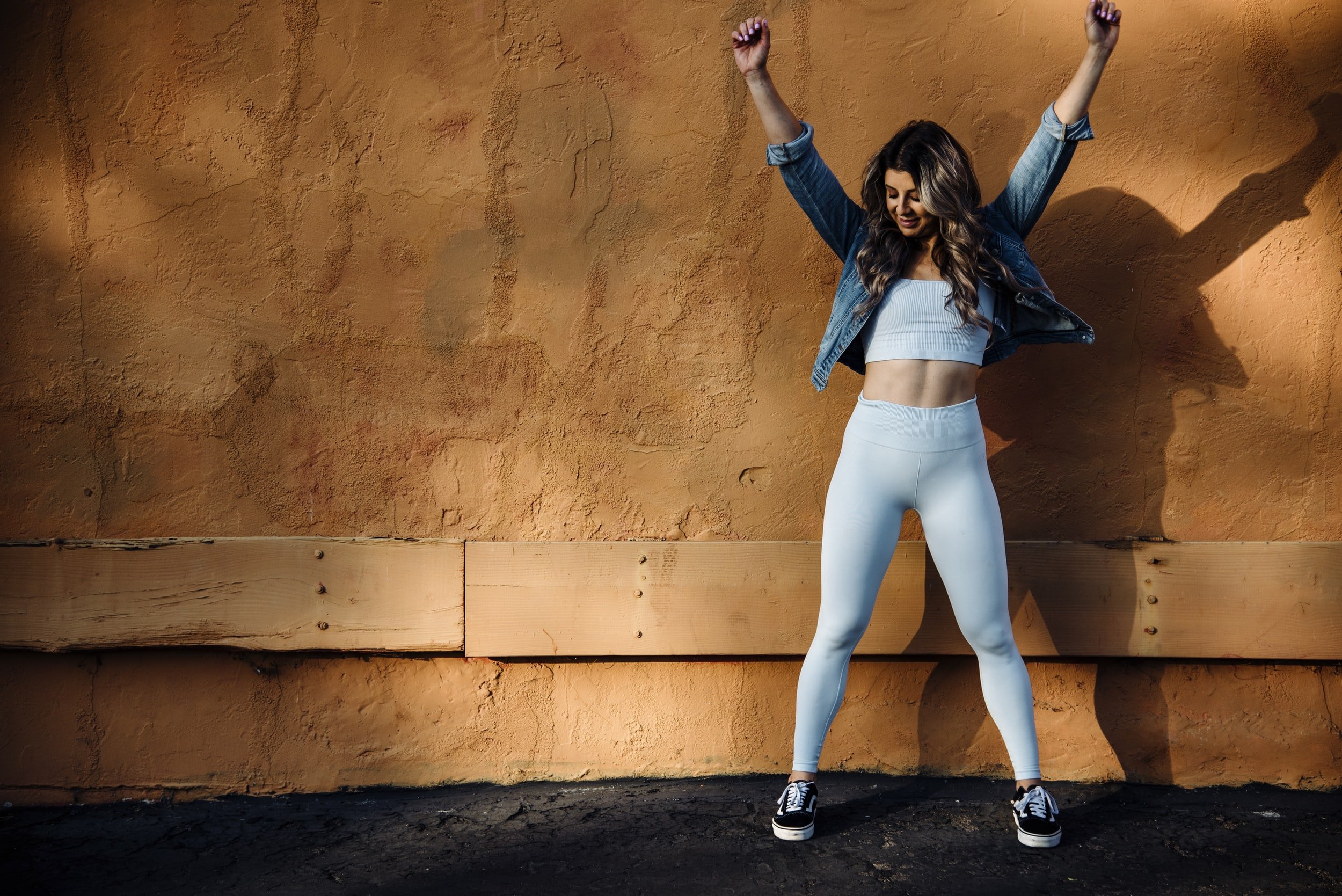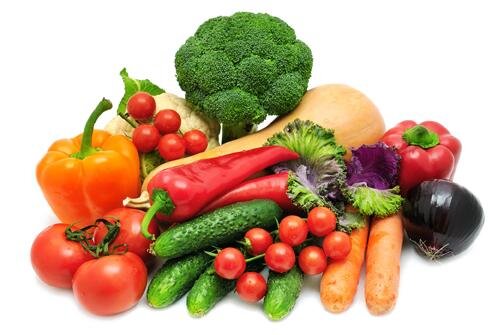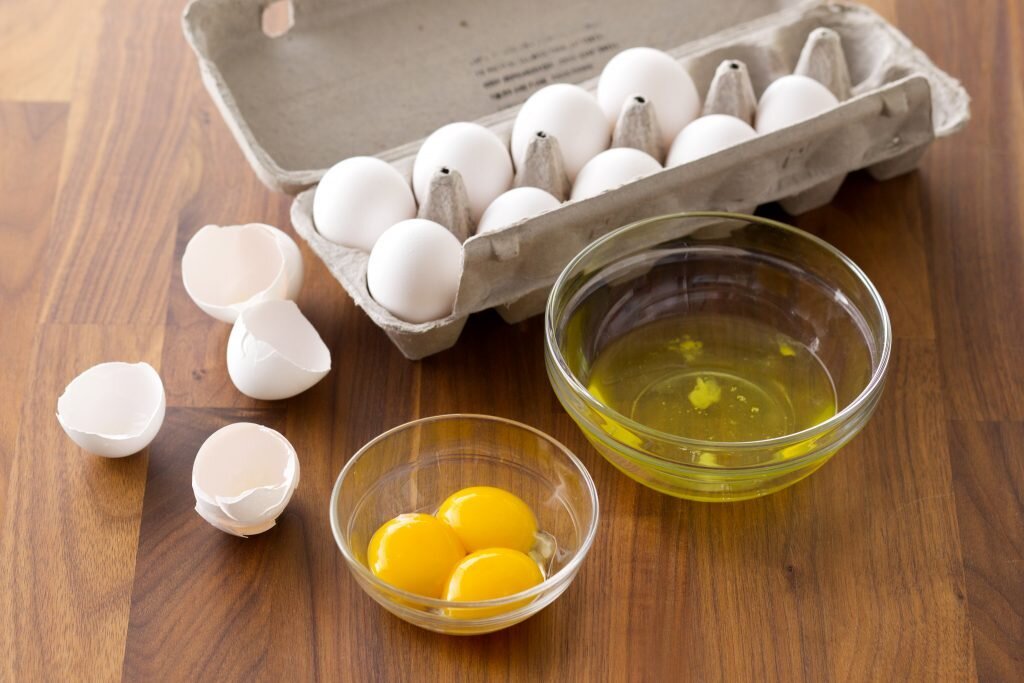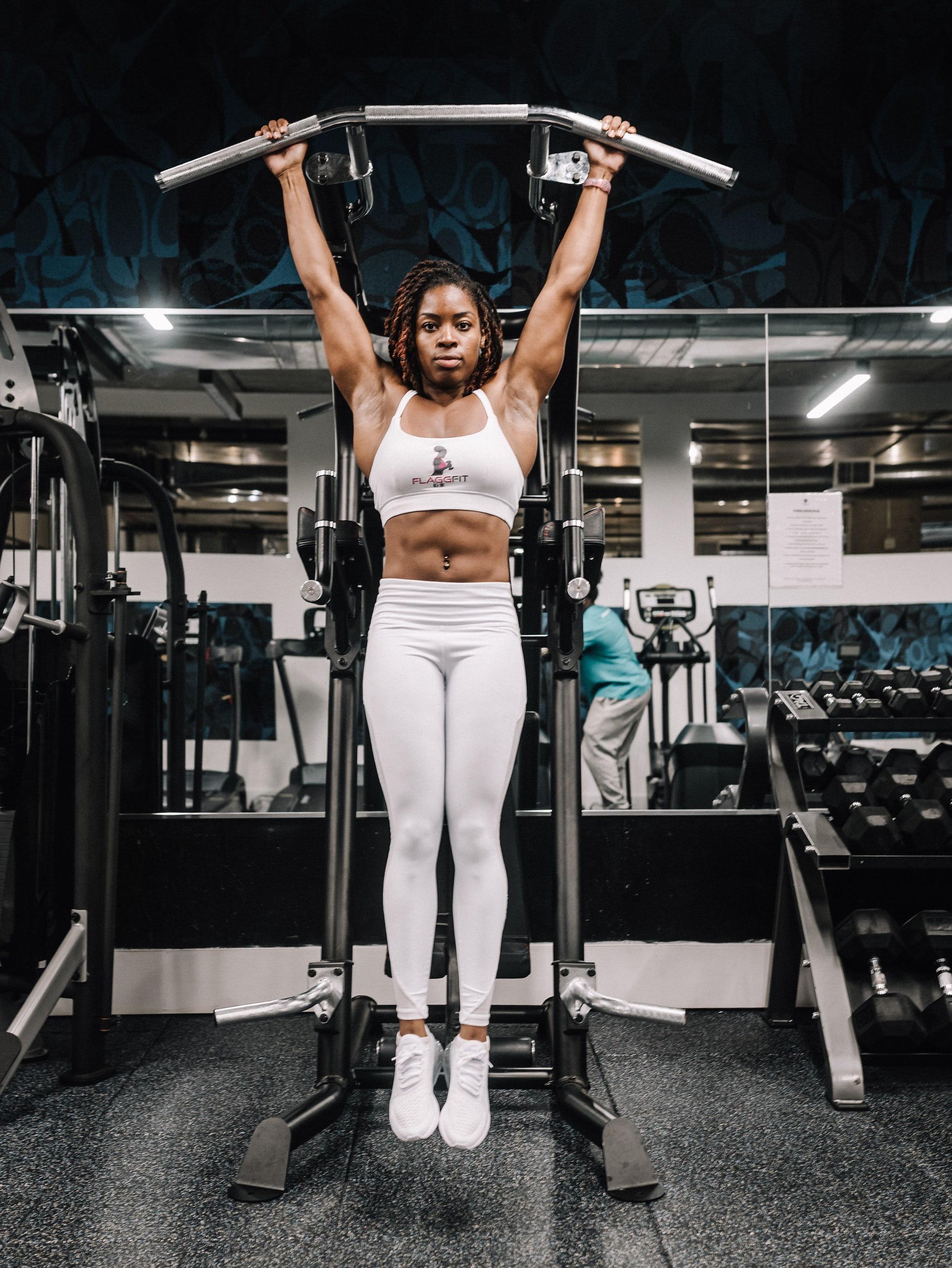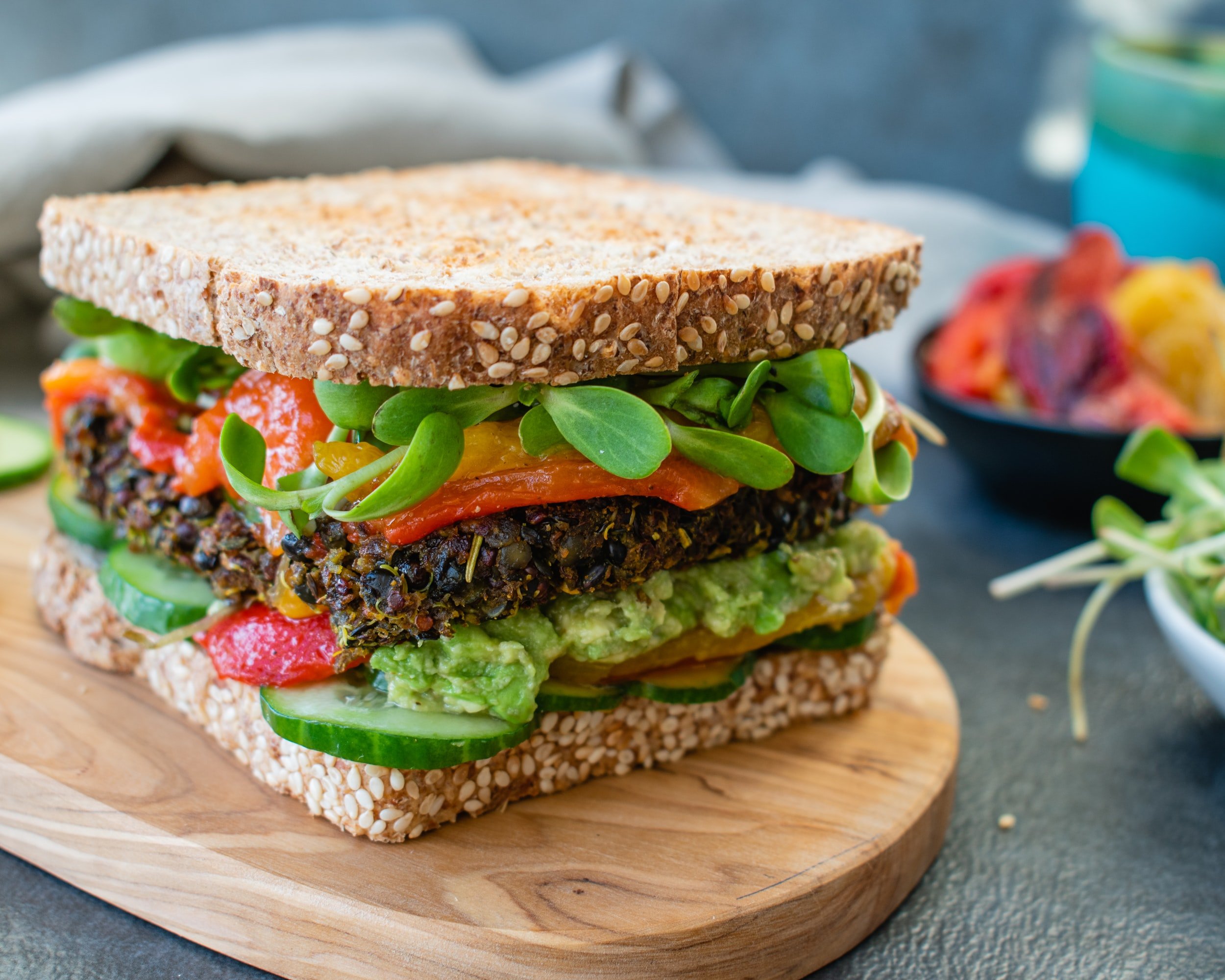The fitness industry is always buzzing with controversy and confusion, which makes it easy to chase headlines and dabble in new ideas while neglecting the fundamentals.
In light of that temptation, this article is a quick list of how to keep things simple for the long-run while seeing consistent and encouraging improvements in your body composition.
If you are not doing any of these and your goal is to get that lean yet muscular, hard-body look, you'd be smart to ask yourself, "Do I really have a good reason for making this more complicated?"
There are often good reasons for complexity, but make sure you challenge them thoroughly before you abandon simplicity.
And if you’ve stumbled onto this article because you’re brand new to the idea of body recomposition, these seven reminders are the perfect place to start.
7 Reminders to Keep Things Simple for Muscle Gain and Fat Loss
1. You need to be getting stronger over time in the main movement patterns to grow muscle.
This is what we call progressive overload.
Transparently, this is probably the one strength training and body recomposition principle I have personally neglected the most, which is a shame considering I’ve given it the number one slot.
For whatever reason, I have always been more attracted to the pursuit of accumulating increased volume through additional sets over the pursuit of putting more weight on the bar.
And although increasing your work capacity over time can be a powerful driver of muscle growth, most would agree that it should be accompanied by a gradual increase in absolute load over time as well.
Long story short, keep things simple by focusing on getting meaningfully stronger in some kind of squat, hinge, lunge, push, pull, and row pattern over time.
If you’re looking for specific exercise recommendations within those categories, I would point you to the following:
Squat: Heel-Elevated Smith Machine Squat to Full Depth
Hinge: Romanian Deadlift
Lunge/Thrust: Reverse Barbell Lunges
Push: Barbell Bench Press
Pull: Weighted Pull-Ups
Row: Barbell Bent Over Rows
If you were to consistently add weight to all of those movements over the next five years without doing any other exercise, I’d be willing to bet you’d be a very muscular person assuming proper diet and recovery.
This goes for both men and women.
2. You need to be doing enough challenging sets of mostly 6-20 reps within a few reps of failure to grow muscle consistently over time.
In other words, you need to make sure you’re training with sufficient volume.
I think 12-20 sets per muscle group per week is the sweet spot for growing muscle consistently over time, but even I can admit that this seems like a large, ambiguous range.
“Well, is it 12 sets or is it 20? And how do I know what’s appropriate for me?”
In my opinion, the best way to identify the “perfect” number of sets to complete per week per body part is to start conservatively low at 10 sets per week and move upward from there as recovery allows.
For example, if you want to grow your quads, you could split up your weekly quad volume into three different movements. We’ll use the following exercises for this example.
Barbell Back Squat
Hack Squat
Leg Extensions
Given our goal of distributing 10 sets sensibly across those 3 movements, I might choose to delegate the volume as you see below:
Barbell Back Squat (4 sets) on Monday
Hack Squat (3 sets) on Thursday
Leg Extensions (3 sets) on Thursday
Without going into too much detail regarding the “why” behind that distribution of set volume, this would be a logical and evidence-based baseline of training if your goal is to grow your quads.
“So how do you know when it’s appropriate to add more sets?”
If you can overload your sessions modestly and progressively while clearing nearly all of your muscle soreness by the next time you train your quads each time per week, I think you would be justified to add more sets.
For example, maybe I find that the 4 sets of Barbell Back Squats on Monday are actually very fatiguing and soreness-inducing to the point that it takes Tuesday and Wednesday to recover fully. In that case, I would not add sets to that Monday session. But if I felt completely recovered by Tuesday evening, I would consider adding a fifth set of Barbell Back Squats the following week.
3. You should probably be eating most of your calories from whole food sources while keeping processed foods to a minimum.
There is no need to make this one more complicated than it needs to be.
Although you can certainly enjoy “junk foods” and highly-processed treats from time to time, those who consistently see improvements in their physique and overall well-being over the long-term tend to be those who prioritize basic nutrition practices rooted primarily in a whole food diet.
Vegetables, fruits, whole grains, legumes, nuts, seeds, teas, and lean proteins should probably make up the majority of your diet.
Bonus Reminder: I’d also like to throw in a bonus reminder here that you don’t have to eat meat or animal products of any kind to build muscle effectively, which means the “No Meat No Gains” motto from of old doesn’t need to be a guiding principle in your body recomposition journey.
If you’re curious about how to make the transition to a more plant-based life, email me personally at andrewwesleywhite@gmail.com with the subject line “Let’s Chat Plants.”
4. You need to consume an adequate amount of protein.
To be honest, I've really been challenging the notion of ultra-high protein diets lately, so I think it makes sense for each individual to experiment with what seems to work best for them.
In the evidence-based body recomposition community, most people agree that eating around 0.7-1g of protein per pound of lean body mass is sufficient to maximize muscle growth outcomes.
Within that overall daily target, it’s probably a good idea to spread that protein across 3-6 meals depending on your lifestyle, preferences, and how much protein you need to consume to support your goals.
Making it more complicated than that likely won’t yield any additional benefits.
What do I do personally?
You can read more about my own plant-based dietary approach during gaining phases here, but I generally eat 3-4 high-protein meals per day with an emphasis on pre-workout and post-workout nutrition.
5. Your caloric consumption needs to match your goal.
If you're trying to lose fat, you'll need to be in a modest caloric deficit.
If you're looking to build muscle, you'll need to be eating at maintenance (at the very least) or in a modest caloric surplus.
If your caloric deficit is too aggressive, you risk burnout, unnecessarily decreased performance in the gym, and muscle loss.
If your caloric surplus is too aggressive, you risk gaining too much fat too quickly and reducing the overall productivity of your muscle gain phases.
It’s that simple.
If you need help determining those numbers for yourself, I would highly recommend reaching out to us for online coaching.
6. You need to be taking responsibility for your sleep quality. You can only train and grow as hard as you can recover.
It seems like no one in the fitness industry wants to talk about sleep quality because you can’t monetize it as easily as training programs and nutrition plans.
But you need to let your muscles and systems recover in order to introduce increasingly powerful stimuli over time.
Practically speaking, most research that I’ve seen over the years suggests that most people recover near optimally when sleeping between 7-9 hours per night.
Although this won’t be possible for everyone in every season of life, its importance is certainly worth mentioning so that you can optimize it when possible.
In other words, there’s a big difference between losing sleep because you have a newborn versus losing sleep because you’re out partying or binging Netflix.
7. You can lose all of the fat you want simply by walking. You can make it more complex or intense than that, but you don't have to.
As sexy as it may be to design a program that has you rowing on Mondays, biking on Tuesdays, swimming on Wednesdays, and sprinting on Thursdays, anything more complicated than a strategic walking plan is unnecessary for fat loss.
Can you make it more complicated? Absolutely.
Is there a place for more complicated methodologies for some people? Absolutely.
I’m just highlighting the reality that, if you want to, you can tailor your diet and training in a way that allows you to walk your way to your fat loss goal.
In fact, I wrote an in-depth article about exactly how to leverage walking to your fat loss advantage, so give that a read if you’re interested in learning more.
Conclusion
How you get the physique of your dreams can be very simple.
Does that mean it will be easy? Absolutely not. But the principles are simple and most effective when repeated and manipulated strategically over time.
In fact, if I had to try to put all seven of those statements into one sentence, it would be something like this:
Getting lean and muscular is the result of progressively overloading the main movement patterns of squatting, hinging, pushing, and pulling while strategically manipulating your food selection, overall caloric consumption, and recovery within periodized phases of varied focus over time.
Screenshot that for the moment you’re tempted to jump ship for Keto 3000 and Johnny Bravo’s latest Arm Blitz Split to add 6 inches to your biceps in 6 weeks.
Thanks for reading, everyone! I sincerely hope you enjoyed the content and learned something.
If you feel like this blog brought you any value at all, consider sending it to a friend or family member!
Cheers, everyone!
-Andrew



